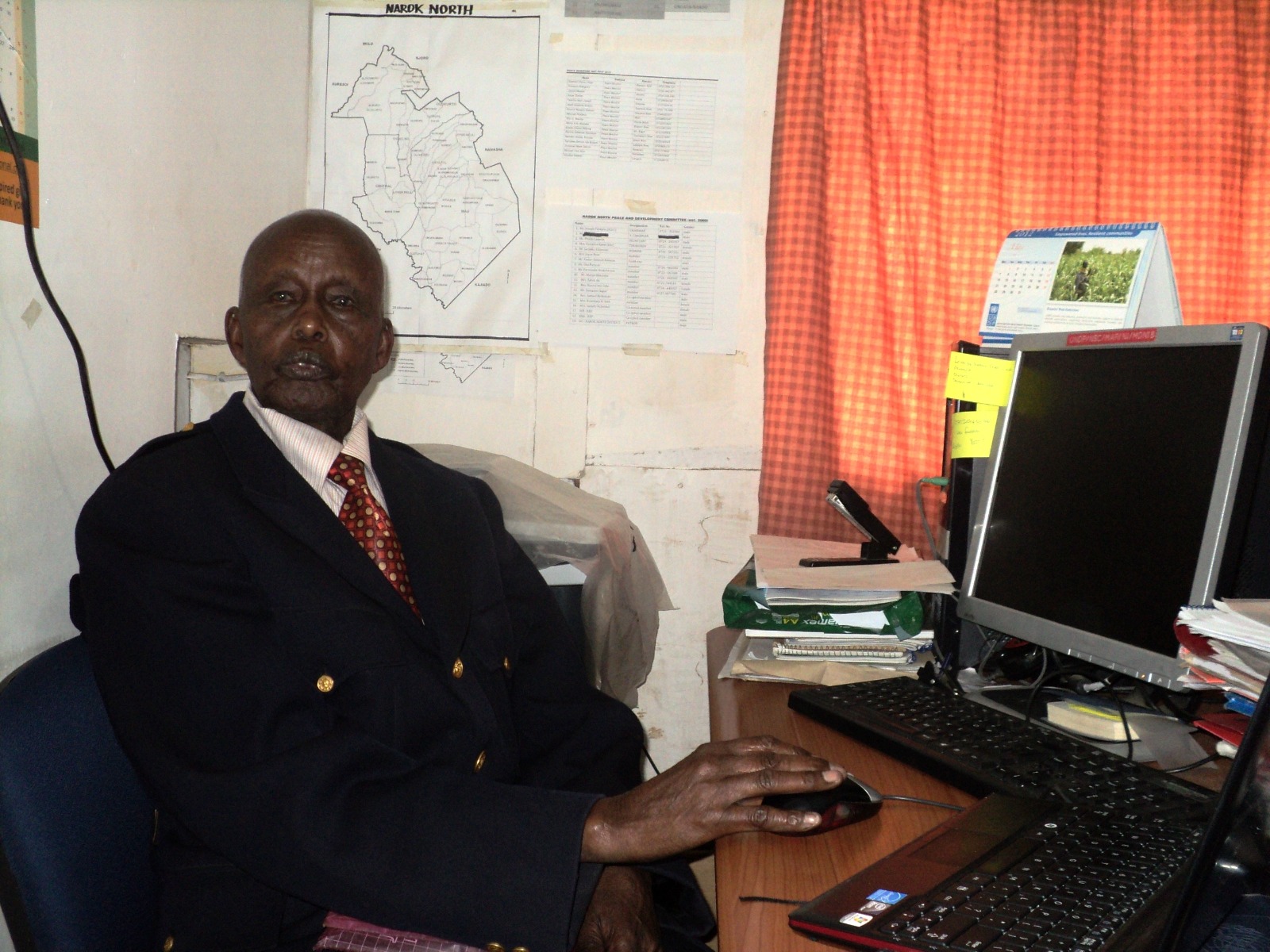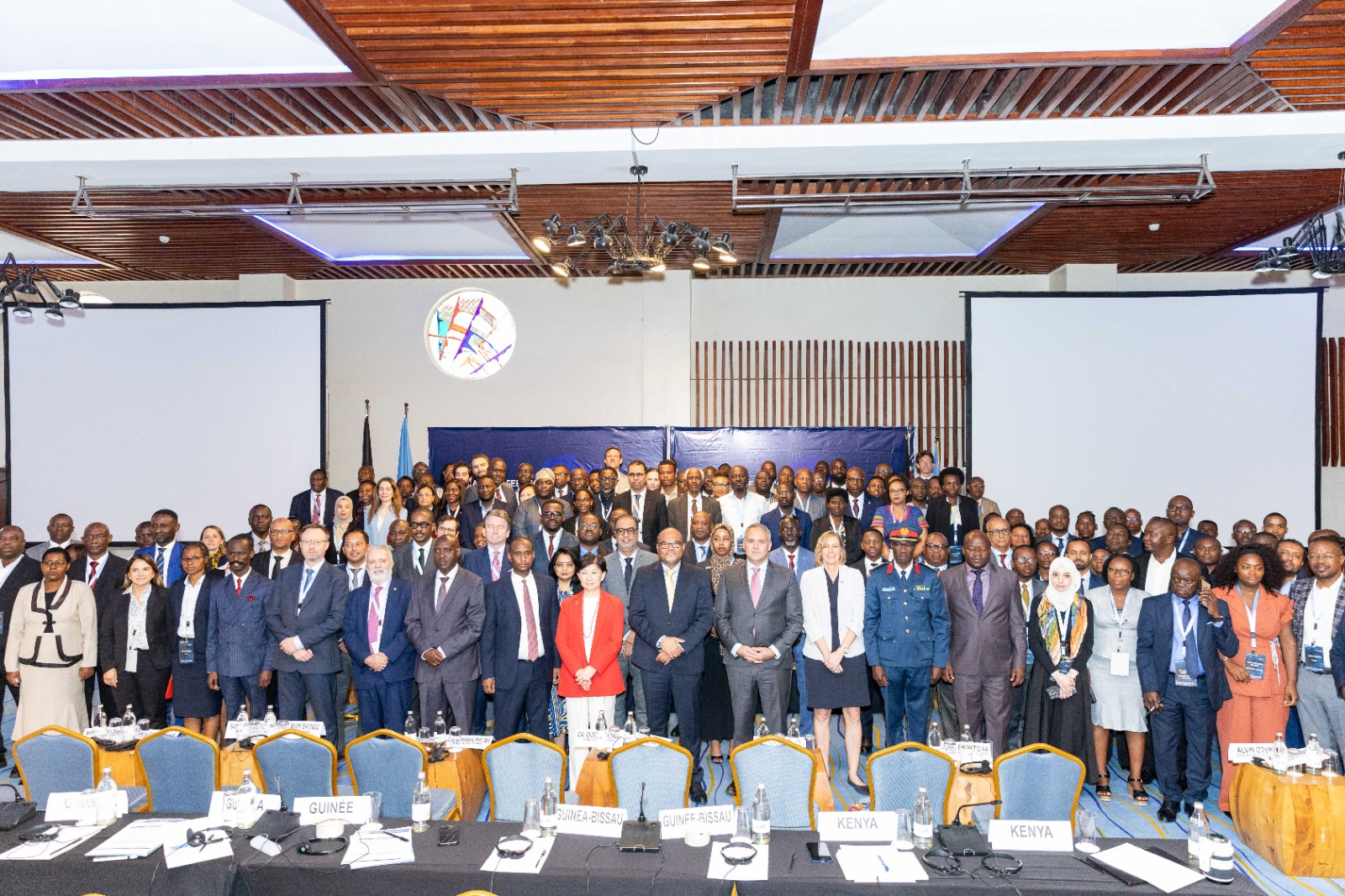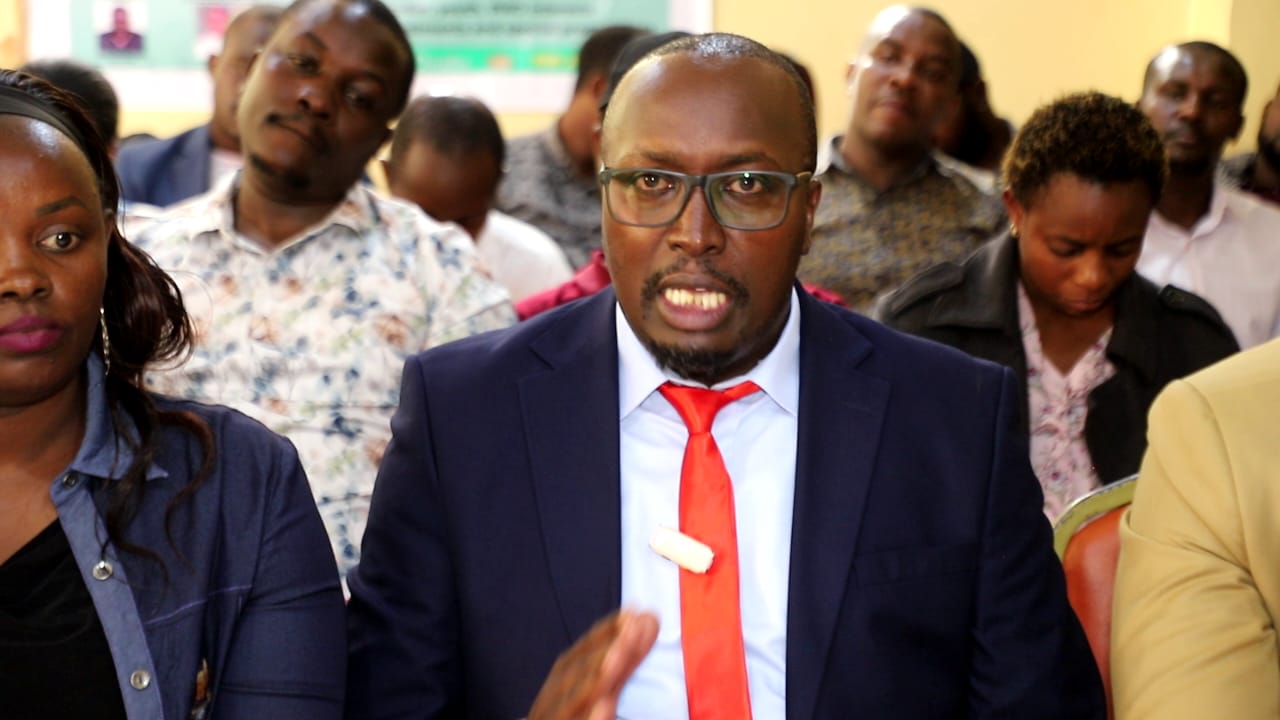At 100 years old, Philip Toikan Lemein moves slowly, but when he begins to speak about education—his education, his teaching years, and the young schoolmate he once knew—his voice rises, warm and steady. It becomes clear that even after a century, classroom memories remain the most vivid of his long and remarkable life.
Lemein, born in 1921 in the Melili area of then Narok North, represents a rare generation: children of pastoralist communities who stepped into formal schooling at a time when education was still a foreign concept to many Maasai families. His path to learning was not inherited—it was carved through discipline, curiosity, and opportunities that came only to a determined few.
In 1933, he was enrolled at Government African School—today known as Ole Sankale Primary School. For a Maasai child at the time, this was extraordinary. Education meant leaving behind the daily rhythm of cattle herding and embracing a structured world of books, timetables, and the strict discipline of colonial-era African schools.
Lemein remembers those early classrooms: mud walls, wooden desks, teachers who demanded excellence, and the feeling of entering a world much larger than the plains of Narok.
After completing his Kenya Africa Preliminary Education in 1941, he advanced to Government African School and Teacher Training College, Kapsabet. It was there—far from his home, among students from across the Rift Valley—that one of the most defining encounters of his youth occurred.
In Kapsabet, Lemein met a boy three years younger than himself: Daniel Toroitich arap Moi, then in Standard Eight.
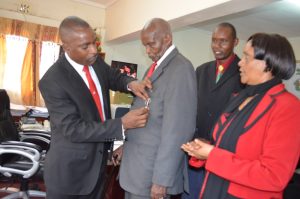
Even at that age, Moi had an unusual presence. While Lemein was training as a teacher, Moi was still a pupil—but a pupil entrusted with authority. The school administration placed him in charge of the dining hall, a responsibility normally given to older students or trainee teachers.
Lemein still smiles when he recalls those days:
“Despite being my junior, he wielded immense authority. He was respected. He was neat. He was serious. And people listened to him.”
There was no sense then that this boy would one day become the President of Kenya. To Lemein, he was simply “Moi”—the boy with exceptional discipline, the one who kept the dining hall running with military precision, the one whose leadership traits were already comfortably visible.
In many ways, Kapsabet connected the two young men not through politics but through the shared struggles and triumphs of education—cold mornings, strict teachers, limited resources, and the heavy expectations placed on African students striving to rise in a colonial system.
Upon completing his P4 teaching course, Lemein returned to Maasailand with a new identity: teacher. Not merely a job title, but a life calling.
ALSO READ:
Kiambu teachers sound alarm over Grade 10 transition preparedness, say schools ill equipped
Over the next 33 years, he would teach in schools across Narok and beyond, guiding thousands of children—many of whom would rise to become professionals, professors, administrators, ambassadors, and community leaders.
His former students include: the late Prof. Karei ole Karei,Prof. Sarone ole Sena, founder of “University Goes to the Village”, Prof. Meitamei Olol Dapash, a US-based scholar and Ambassador Peter Nkuraiya, former Permanent Secretary.
These names, now associated with academic excellence, began their journey under the gentle but firm teaching of Lemein. He became known for his discipline, humility, and ability to ignite ambition in young minds. He carried the ethos of the teacher training college with him: punctuality, order, fairness, and a belief in education as a transformative force.
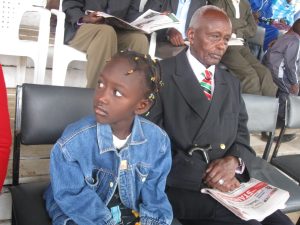
Meanwhile, the young Moi whom he knew in Kapsabet followed a surprisingly similar path. Moi himself became a teacher, serving in schools across the Rift Valley, inspiring young pupils with the same discipline he had shown in the dining hall.
This parallel is striking: two young men, once sharing meals and corridors in school, both embracing teaching as their first profession.
Lemein notes with pride how the traits he saw in Moi as a boy carried into adulthood:
“He was consistent. He was organized. He knew how to guide people, even as a child.”
Their connection was not just about sharing a school. It was about sharing a belief in the power of education for African communities—especially for marginalized pastoralist groups that had long been excluded from formal learning.
For Lemein, teaching was more than classroom work. It was a mission to uplift an entire community. The Maasai, he knew, could only compete on equal footing in Kenya if they embraced schooling wholeheartedly.
He became one of the earliest Maasai teachers—an example to parents who had never seen the inside of a classroom. When he visited homesteads to encourage families to send their children to school, people listened. He spoke not as an outsider but as someone who had walked the same journey, herded the same cattle, learned under the same harsh conditions.
In his view, education was as vital as cattle—not replacing tradition but strengthening it.
ALSO READ:
Governor Barchok leads Bomet in bold stand against GBV, launches of Holding Centre
Even later in life, when Lemein briefly entered politics and served in the Senate, he always described himself as a teacher first. His three decades in the classroom, he insists, left a deeper impact than any law or debate.
“A teacher shapes minds. A teacher shapes character. That is nation-building at its purest.” Even when he returned to teaching after politics, he never complained. “Chalk dust,” he says, “is the smell of service.”
At 100 years old, when people visit him, they expect tales of politics, independence, and power. But Lemein always begins with stories of school:the long walks to Kapsabet, the strict teacher trainers, the joy of seeing pupils grasp new ideas, the young Moi organizing the dining hall, the pride of watching his former students succeed
His memories of education outshine everything else. It is the bedrock of his identity. Asked what advice he would give young people, the old teacher straightens himself and speaks firmly:
“Education is the path. Without education, talent sleeps. With education, a child becomes whatever he dreams.”
And perhaps this is the true story of Lemein and Moi: two boys from humble backgrounds, connected by the walls of a rural school, rising through education to play roles that shaped their communities and their country.
One became a teacher.
The other became a President.
Both began as students walking the red soil paths of Kapsabet.
And at 100 years old, Lemein still believes that classrooms—not politics—are where nations truly begin.
By Philip Koech
You can also follow our social media pages on Twitter: Education News KE and Facebook: Education News Newspaper for timely updates.
>>> Click here to stay up-to-date with trending regional stories
>>> Click here to read more informed opinions on the country’s education landscape


